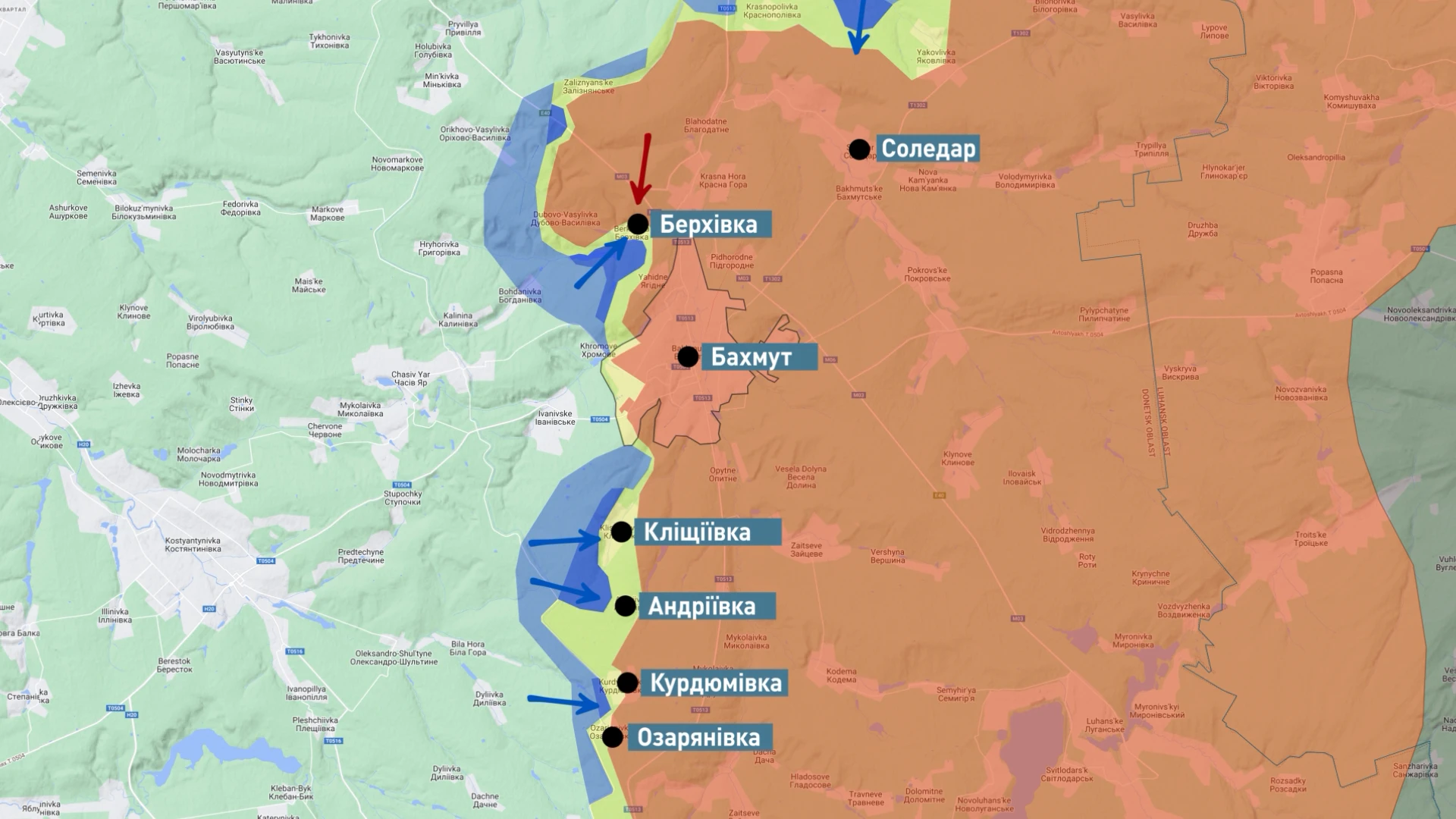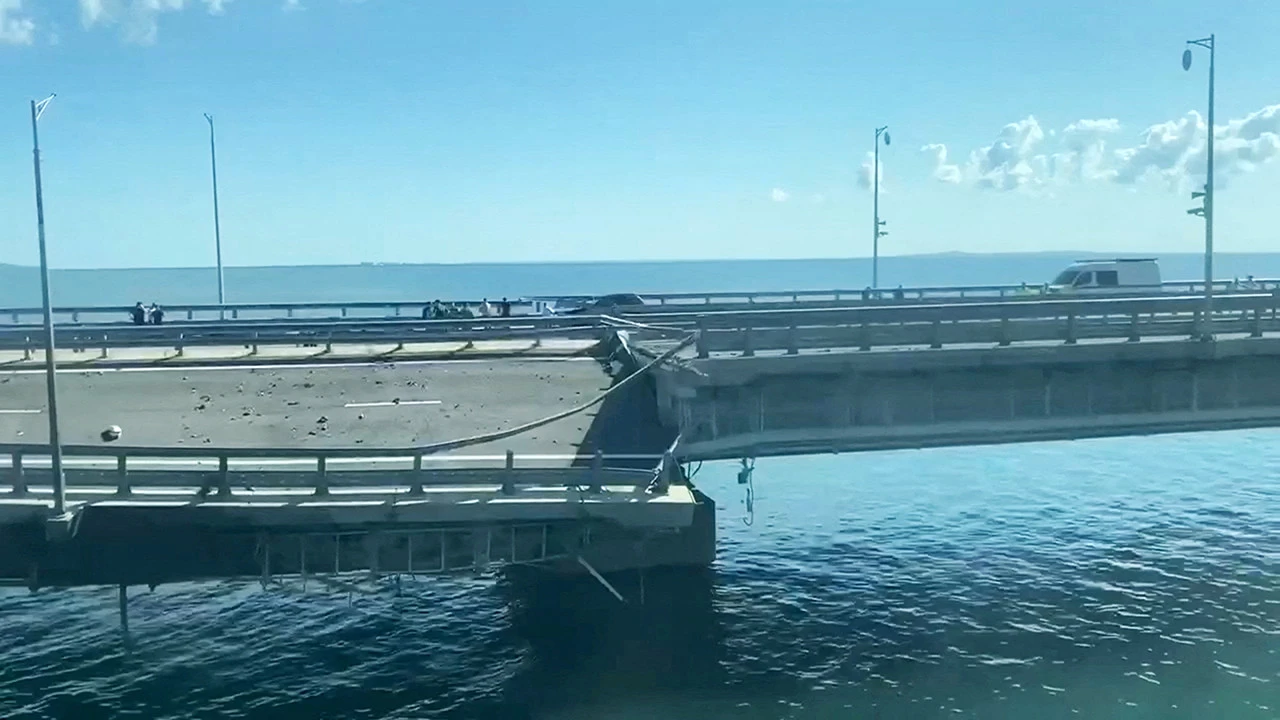
Ukraine's progress at front depends on sappers, and artillery determines destruction level — military expert Serhiy Zgurets
The Armed Forces of Ukraine need to break through enemy minefields, which significantly slow down the advance of our troops and affect our combat operations tactics
Frontline dynamics
There has been increased activity on almost all parts of the front. The Ground Forces' commander, Oleksandr Syrskyi, mentioned that the enemy is attempting large-scale operations in the Kupyansk direction. Their aim is to defeat our troops in that region and continue their offensive deeper into our lines. Fortunately, there have been no changes on the front line, and we hope it stays that way. The enemy's plan is likely to create conditions for our Defense Forces to act less actively in the south.
In the southern front, which spans the Zaporizhzhia and Donetsk regions for 170 km, there are two intense areas. One is the Berdyansk direction, where our units are moving from Velyka Novosilka. On July 16, our troops reached the settlement of Staromayorske, making progress toward the enemy's first line of defense. There are also ongoing attacks on Priyutne, where the enemy is still defending and sending reinforcements. The other active direction is from Orikhiv towards Melitopol and Tokmak. Our brigades, including the 47th, are operating there. We are gradually advancing towards Robotyne and Novopokrovka, but the enemy is countering with reserves, including the 100th separate reconnaissance brigade, trying to close the gaps in their defense line.
In assessing the situation on the front line, especially in the south, it's crucial to focus on the destruction of enemy forces and their equipment, rather than just measuring distances. The Oryx resource shows that Russian equipment losses are three times greater than Ukrainian losses, indicating the effectiveness of our artillery and counter-battery operations. The Russian commanders responsible for defending the south, such as General Igor Popov of the 58th Army, have faced challenges, and there have been changes in leadership in Bakhmut due to this.
Oleksandr Tarnavskyi, сommander of the Tavria division, likened our strategy to holding the opponent at arm's length in boxing, not allowing them to get close. We are effective at long distances, but we still face obstacles like enemy minefields, slowing down our advance and affecting our tactics. Currently, sapper units determine our troop's pace, while artillery plays a significant role in enemy destruction. These efforts set the stage for further improvements on the battlefield.
In Bakhmut, the Russian invaders are trying to hold their positions and bring in more soldiers. They attempted to attack back, but they haven't been successful lately.

Denys Yaroslavskyi, the commander of the Armed Forces unit, mentioned that the 56th and 57th brigades are moving towards Berkhivka and the Berkhivka reservoir. Our progress depends on the work of sappers. In 8 months of fighting, the enemy was able to set up strong defenses and dangerous mine barriers effectively. We have some demining systems, but not enough to help the Ukrainian Defense Forces advance better.
The commander also noted that the enemy's fortifications are made of concrete, allowing tanks and machinery to move on them. If we had built such defenses during the 8 years of war, we wouldn't have to defend so much now. Yaroslavskyi emphasized that three weeks ago, when they attacked Berkhivka and entered the area, the Russians sent two regiments as reinforcements. The enemy strengthened this direction. However, they can't move forces quickly from one frontline to another. They needed time, from morning to evening, to bring in some reserves of soldiers. The enemy isn't as strong as they claim, but it's still tough to advance and attack. Yesterday, on July 16, the enemy bombarded our defenders near Berkhivka for 4.5 hours, making it impossible for them to advance further. After numerous attacks, they lost count of how much ammunition the invaders were using. The enemy has good ammunition support.
Crimean Bridge struck
There's another topic concerning the Crimean Bridge, which connects Russia with the Crimean peninsula. Currently, the bridge is closed due to damage to its vehicular section. One part of the bridge collapsed, and the other was also harmed in two powerful explosions. It is likely that naval drones were used for this attack. This isn't the first time the Crimean Bridge has been damaged. Last year, a car carrying a large amount of explosives disabled this important route for a long time, which supplies Russian forces in the occupied territory.
According to the SBU's explanation today, cutting off such enemy logistic routes is allowed by international law and operational circumstances in warfare. However, they promised to reveal more details after achieving victory.

Volodymyr Zablotskyi, a retired captain and naval expert, mentioned that based on information about the destruction of the Crimean bridge, the enemy mentioned an attack involving two naval drones and two explosions on the road and railway sections of the bridge. Other sources suggest three vehicles were involved in hitting the bridge. The available information is still insufficient to draw definitive conclusions. But if we consider drones, they could be non-standard, custom-made drones that attacked Sevastopol, the reconnaissance ship, Novorossiysk, and other targets, significantly impacting the use of naval forces and keeping the enemy on alert. It's possible that several hundred kilograms of explosives were used in the attack, suggesting the use of larger, speedboat-type boats that detonated under the bridge supports.
The retired captain mentioned that we should learn from the previous damage to the bridge last October. There was an explosion in the middle, closer to the bottom of the bridge, not from a truck with explosives. It seemed like a clever operation, probably carried out by Ukrainian special services, though it's still just an assumption. In that incident, two spans collapsed far from the explosion's center, indicating the bridge is built on buoyant soils with some flexibility in its structure. A directed explosion near a support caused the blast wave to hit from below, taking advantage of the bridge's design.
A naval expert from Defense Express commented on the weak defense of the Crimean bridge by the enemy. They might have become overconfident, thinking we'd attack from above with missiles or drones, but we surprised them by striking from below. It's also part of the information strategy in warfare. The enemy's structures supposed to protect the bridge might have been occupied with other tasks.
Zablotskyi believes the enemy's primary transportation is through railways, as it's still functioning with some limitations. Cutting off the railway connection with long-range missiles and naval drones could significantly impact their logistics.
In conclusion, Zablotskyi suggests that a similar approach can be repeated, using naval drones and long-range missiles to disrupt the railway connection, which would positively influence our military operations.
- News











































